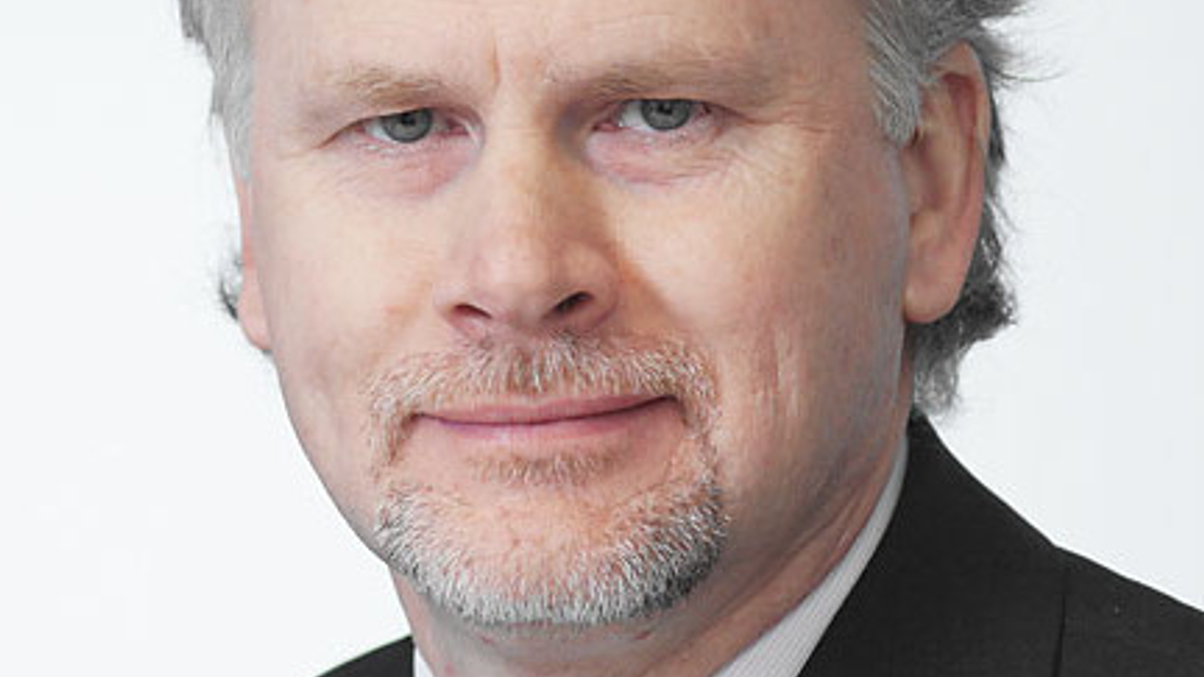Harcourt targets $5 billion AUM for commodity fund
The alternatives arm of asset manager Vontobel aims to hit capacity for the product within five years with the help of sales through private banks in Asia.

Swiss alternatives fund house Harcourt achieved a five-year track record for its Belvista Commodity Fund in early April and aims to hit its AUM capacity of $5 billion, up from its current $1 billion, within the next five years.
Sign In to Your Account
Access Exclusive AsianInvestor Content!
Please sign in to your subscription to unlock full access to our premium AI resources.
Free Registration & 7-Day Trial
Register now to enjoy a 7-day free trial—no registration fees required. Click the link to get started.
Note: This free trial is a one-time offer.
¬ Haymarket Media Limited. All rights reserved.


